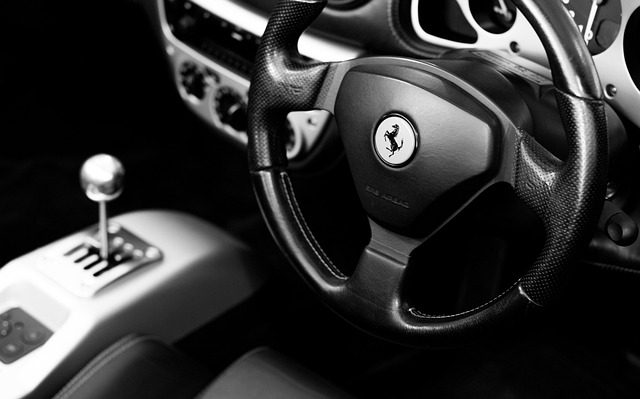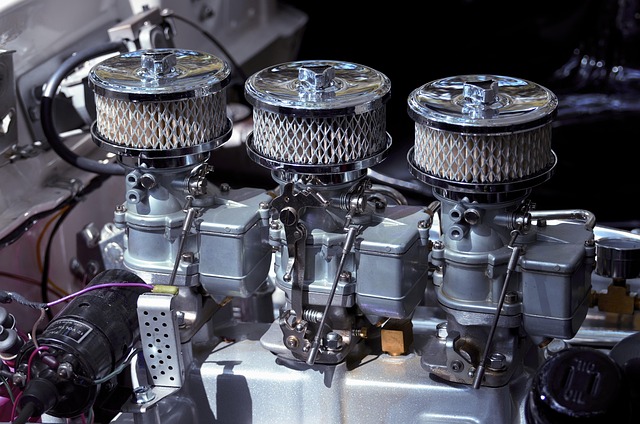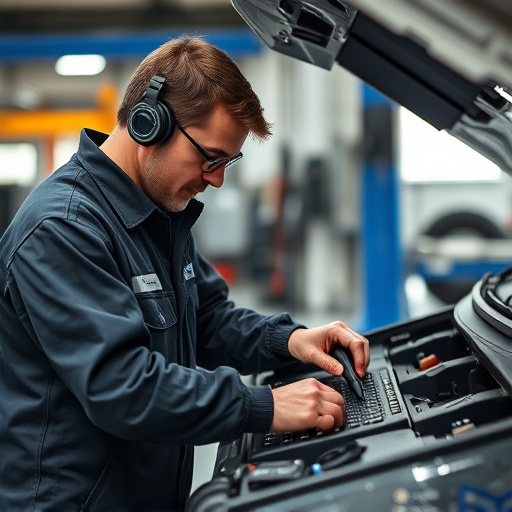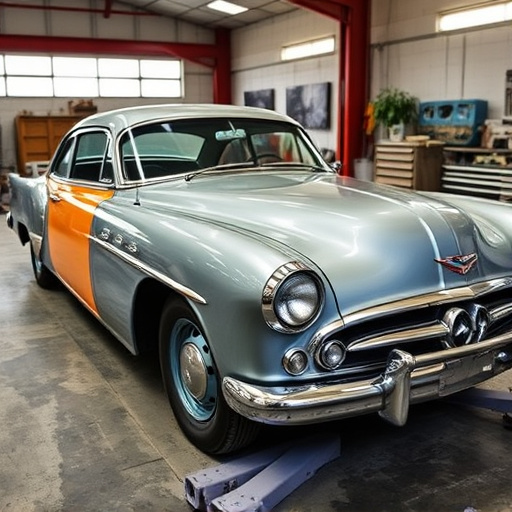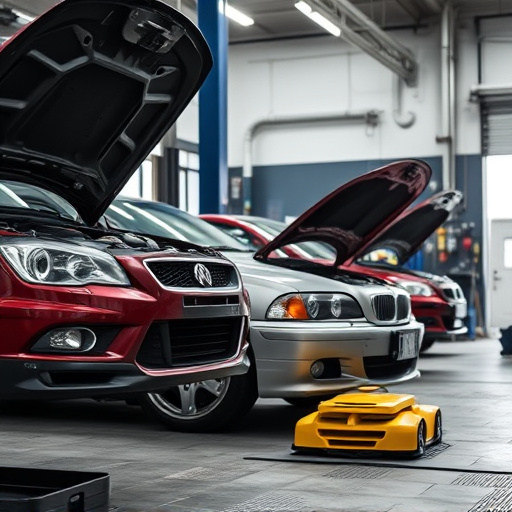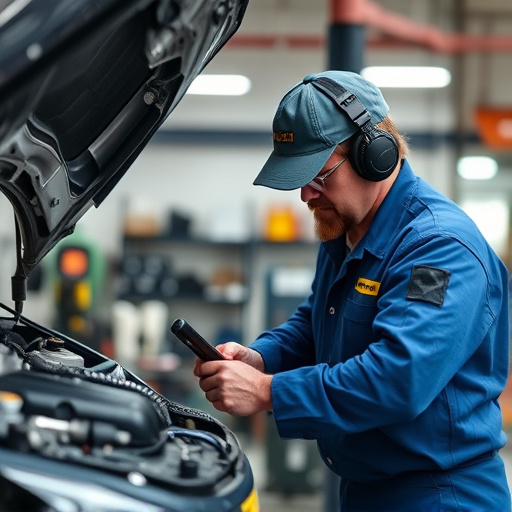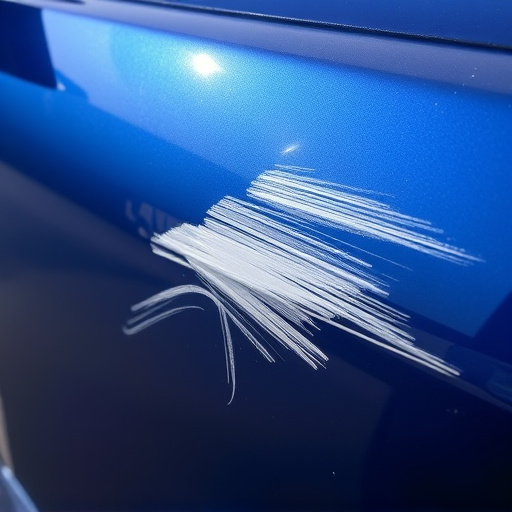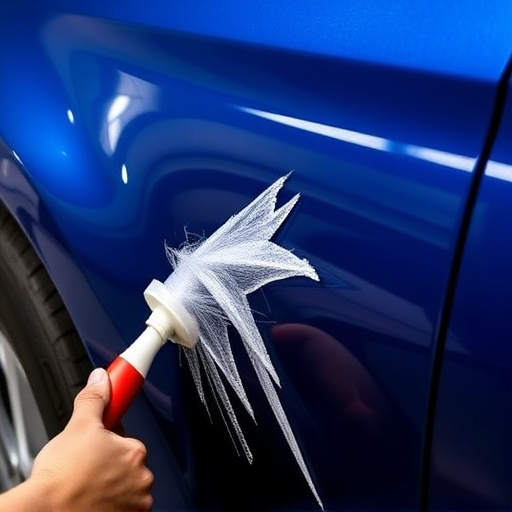Precision collision repair techniques revolutionize the automotive industry by focusing on structural integrity, minimizing material waste, and utilizing advanced tools like robotic welding, 3D laser scanners, and digital design software. These methods ensure meticulous repairs, preserve original vehicle structure and design, enhance safety, and maintain car value, aligning with manufacturer standards and appealing to auto maintenance enthusiasts.
In today’s automotive landscape, precision collision repair has emerged as a game-changer for maintaining structural integrity. This advanced approach transcends traditional fixing, employing cutting-edge techniques and tools to ensure vehicles return to their pre-accident condition. Understanding these methods is crucial for both consumers and professionals, as they deliver meticulous results, enhance safety, and preserve the vehicle’s value. This article explores the key benefits and modern innovations redefining the precision collision repair industry.
- Understanding Precision Collision Repair Techniques
- Key Benefits of Advanced Structural Integrity Restoration
- Modern Tools and Technologies in Precision Collision Work
Understanding Precision Collision Repair Techniques
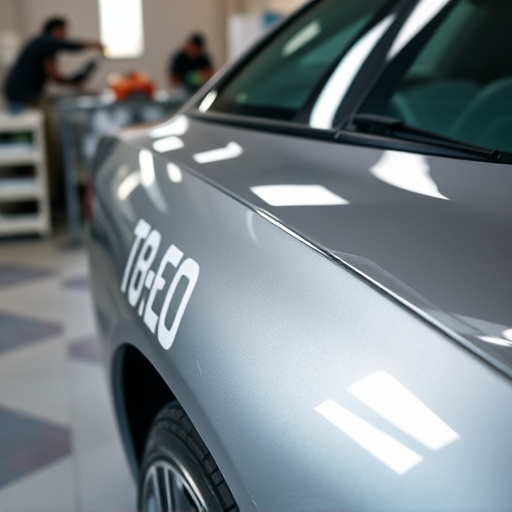
Precision collision repair techniques have revolutionized the automotive industry by ensuring structural integrity while minimizing material waste. These advanced methods go beyond conventional auto body repairs, utilizing specialized tools and highly skilled technicians to meticulously fix damaged vehicles. By focusing on precision, these techniques not only restore the aesthetic appeal of a vehicle but also guarantee its safety and performance.
In the realm of fender repair and autobody repairs, precision collision repair involves using state-of-the-art equipment and precise measurements to accurately replace or reshape damaged panels. This meticulous approach is crucial for maintaining the original structure and design of a vehicle. Moreover, auto maintenance enthusiasts appreciate these techniques for their ability to preserve the car’s overall value and longevity, ensuring that every fix aligns with the manufacturer’s standards.
Key Benefits of Advanced Structural Integrity Restoration

The advanced precision collision repair methods offer numerous key benefits that significantly enhance structural integrity and safety for vehicles. These cutting-edge techniques prioritize meticulous attention to detail, utilizing specialized equipment and trained professionals to accurately restore damaged components. Unlike traditional repair approaches, precision collision repair focuses on preserving the original shape and structure of vehicle parts, ensuring optimal performance and longevity. This level of accuracy is particularly crucial in critical areas like frames, chassis, and suspension systems, where even minor misalignments can compromise handling and safety.
Moreover, advanced structural integrity restoration techniques streamline the entire repair process, reducing overall time and cost while minimizing disruption to other vehicle systems. Auto glass repair, for instance, benefits from modern technologies that enable precise replacement without compromising the overall structural integrity of the car body. Vehicle body repair becomes more efficient and effective when combined with computer-aided design (CAD) and robotic welding, ensuring each component is restored to its pre-accident condition. Car body shops adopting these precision collision repair methods not only attract a wider customer base but also contribute to a safer and more reliable automotive industry as a whole.
Modern Tools and Technologies in Precision Collision Work
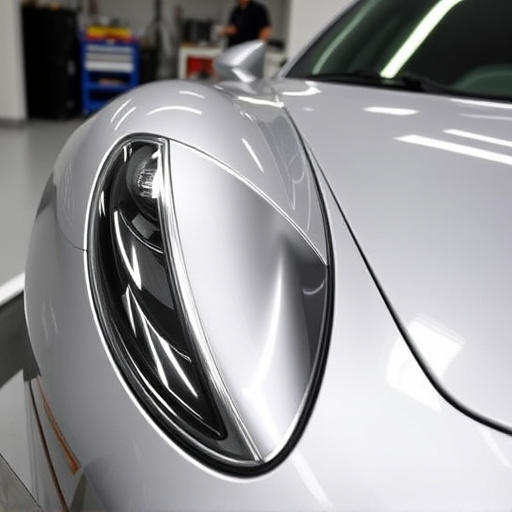
Modern tools and technologies have revolutionized precision collision repair, enabling auto body shops to deliver high-quality, structural integrity restoration with unprecedented efficiency. Advanced frame straightening equipment, such as robotic welding systems and 3D laser scanners, offer greater accuracy and speed compared to traditional methods. These innovations minimize metal distortion, ensuring vehicles return to their original specifications after repairs.
Additionally, digital design software and computer-aided manufacturing (CAM) systems streamline the measurement and cutting processes, enhancing precision in auto maintenance. Collision repair services benefit from these advancements, resulting in more effective and safer vehicle restoration.
Precision collision repair methods are revolutionizing the automotive industry by offering advanced structural integrity restoration. By leveraging modern tools, technologies, and techniques, these innovative practices ensure vehicles not only look like new but also maintain their safety and performance standards. Understanding and adopting these precise repair approaches is key to enhancing customer satisfaction and maintaining the value of modern vehicles in today’s market.
